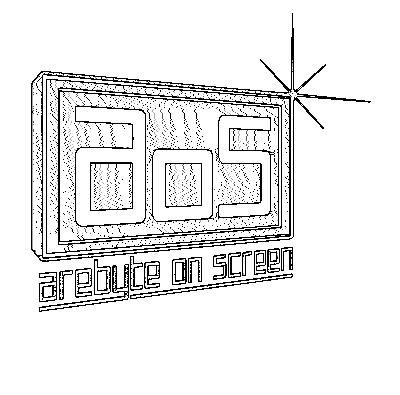# Episode 2
Phylum Lava
We are a collection of centuries of molecular agreements
of screaming about ways to live.
Centuries of holding breath,
drawn to the outer shores of the sky.
Charged by the ring particles
while modifying
the spatial distribution of ions.
We cut in the middle, whirl-winding cells,
opening out into terrestrial chorus,
of accelerated coal.
Beyond the social relations with fossil fuels
and human being
as geologically composed.
As preemptive nano machines
of quantum solar matter
amplifying and distributing the impact of atomic sexes.
In a redistributed sensorium –
suggesting a dizzying sense of vivifying
potentiality.
Turn to the occupied space beyond the Earth,
reclaim its implicit alien-ness,
recall the presence of these recent pasts,
the objectification of indigenous knowledge.
Geology,
a spawn of the colonial capitalist assemblage
rapidly transforming the planet.
The determined alignment
with the molecular materialization of space
signals a mode of decolonization,
along with the strength
of its macromolecular body formations.
Erasing the unevenness of ecological and orbit violence.
Elastic temporality rubbing against the past.
Carbon, xenon, volcanic emissions and mercury of fossil fuels
escape as gaseous toxicity,
as synthetic toxicity,
into the exosphere
and form extracorporeal bodies.
As a result of ecological emergency,
a geological marker of human agency and culpability.
As processes that ignite us think of a world more capacious
than the small ones we too often think we only inhabit.
These extracorporeal bodies,
the toxic and nonhuman agents of escaping nuclear cataclysms,
pose ecological questions not without political ones.
Embodied scenarios of the apocalypse,
render visible the exploitable components of orbit mining.
Human-technological encounter and its synthetic waste,
whose magnetopauses of power
de-tract and exclude.
Left by powers of gravity,
geo- and biopolitics reach far into space.
Escape exposes living systems to a novel aggregation of atoms
opening the inorganic past of the atmo/biosphere to new
present-futurity.
The unseen and the unbearable
doesn’t need a landing place,
Its fossil fuels are its driving monsters,
stars burning out,
making the water flammable,
turning it into gaseous rock.




